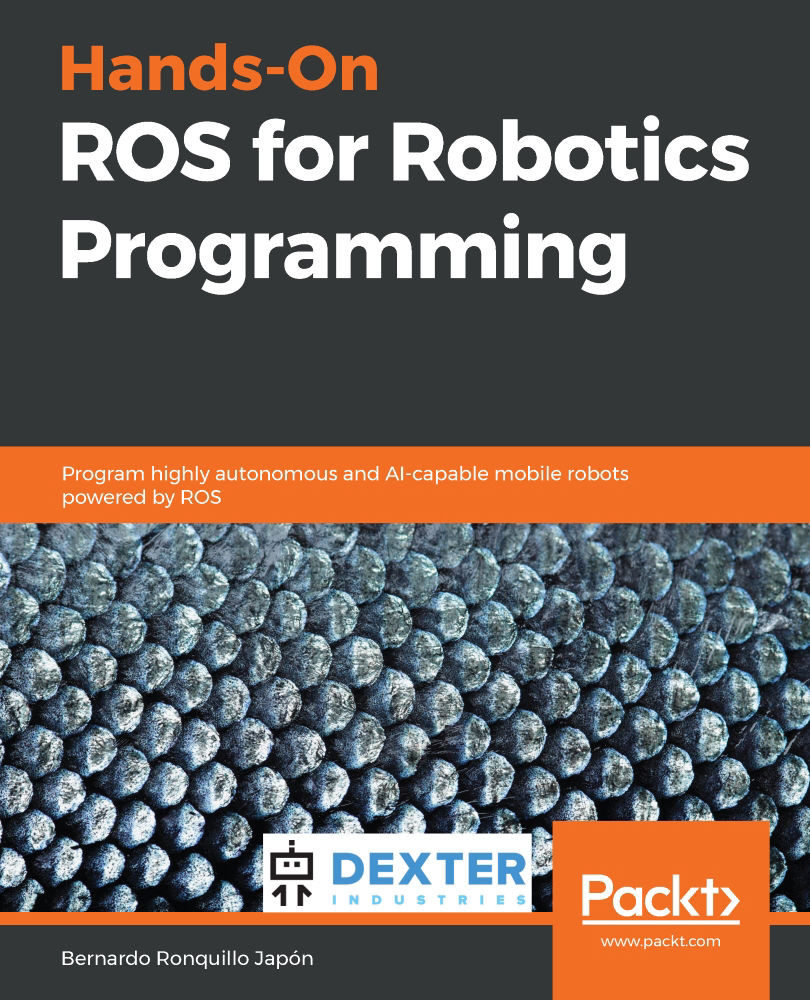JupyterLab is a very extensive tool in the Python community because it lets you write a program as if you were solving a mathematics problem in a school class. That is to say, you write the heading, then the problem statement and the initial data. After this declaration, you write a paragraph explaining the operation that you are going to perform, and then you write the Python line(s) that perform such operation in a code cell. For every operation you repeat the same steps:
- A human-readable paragraph explaining the next operation, which is formatted with the well-known markdown syntax https://commonmark.org/help/.
- A code cell with the lines of Python that perform the operation.
- Repeat steps 1 and 2 for every code snippet that perform a single operation. The final one will provide the solution to the problem..
Here's a self-explaining...


































































